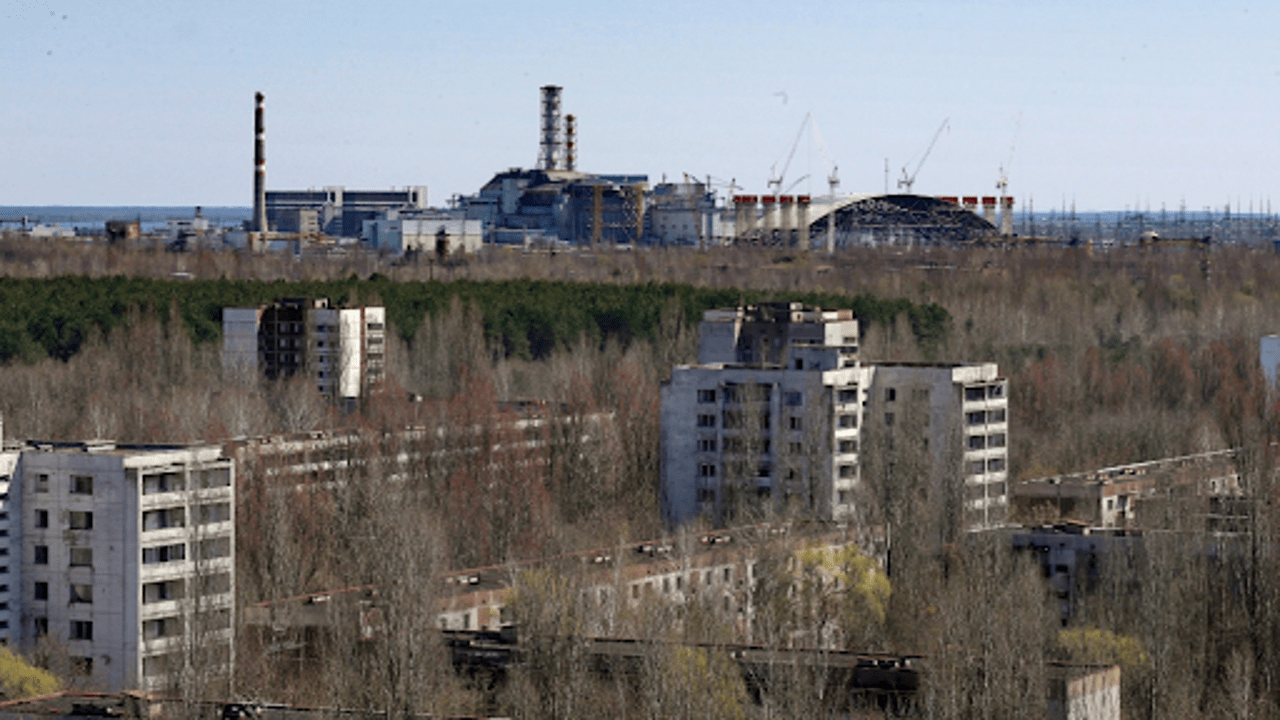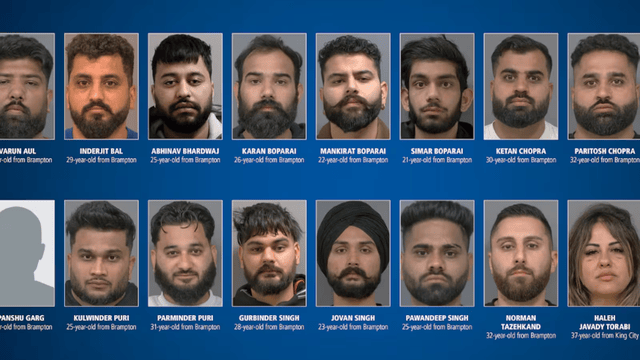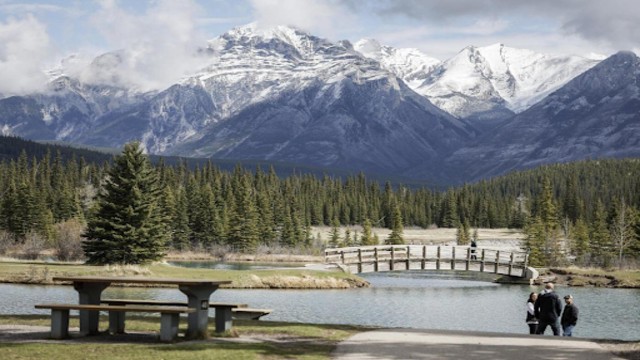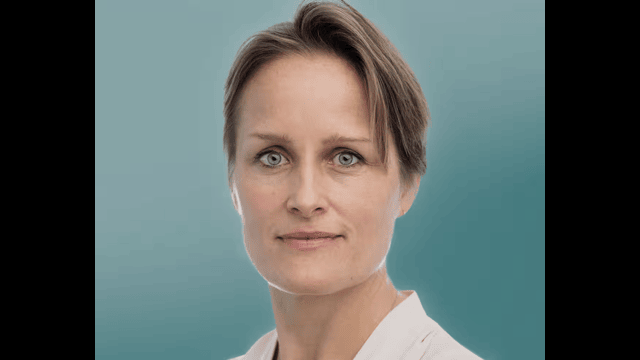
The town of Prypyat, Ukraine, is shown with the damaged Chernobyl nuclear reactor in the background, as seen on Tuesday, April 23, 2013. AP Photo
Sweden’s rich tradition of foraging could play a key role in determining the amount of radioactive fallout still present in the country, nearly four decades after the infamous Chernobyl nuclear disaster. In 1986, the Chernobyl explosion sent radioactive materials, especially Cesium-137, across Europe, impacting several nations. Sweden was among the first to detect this fallout, which forced the Soviet Union to admit to the disaster. Today, the Swedish Radiation Safety Authority is working to assess how much Cesium-137 lingers in the country’s forests by asking mushroom pickers to contribute to their research.
Cesium-137, the most critical radioactive element released during the Chernobyl disaster, has a half-life of around 30 years. It can accumulate in the body over time, potentially posing health risks when present at high levels. By testing this year’s mushroom harvest, the Swedish Radiation Safety Authority hopes to better understand Cesium-137 levels in Sweden's forests.
The project asks foragers across Sweden to send samples of mushrooms they collect this year for testing. These samples will help researchers map Cesium-137 levels throughout the country. Sweden's vast forests, covering over 60% of its land, are teeming with edible fungi, berries, and plants. In late summer, many Swedes head to the woods for days of foraging, making them ideal contributors to this important project.
Foragers are asked to share details about where they found their mushrooms. However, they’re not required to disclose the exact locations of particularly treasured spots, such as those known for golden chanterelles—often called “the gold of the forest” in Sweden. These prime mushroom-picking locations are often kept as closely guarded family secrets. To avoid potential conflicts over these secret spots, Pål Andersson, an investigator at the Swedish Radiation Safety Authority, clarified, “It doesn’t have to be the exact location of the most secret chanterelle spot.”
Mushroom-pickers have been instructed to send in either fresh mushrooms (at least 100 grams, or 3.53 ounces) or dried ones (at least 20 grams, or 0.71 ounces) that they harvest this year. However, the Swedish Radiation Safety Authority has not specified when they expect to publish the results of this research.
The Chernobyl disaster left a lasting impact on Europe, and while dozens died immediately following the explosion, the long-term death toll remains uncertain. The fallout from the explosion spread across Europe, with countries like Austria, Germany, and the Czech Republic still facing radiation issues in their wildlife. For example, wild boars in the Czech Republic’s southwest are radioactive due to their consumption of underground mushrooms that absorb radioactivity from the soil. Similar findings have emerged from Austria and Germany, raising concerns about the effects of radioactive contamination on wildlife across Europe.
This new effort by Sweden could provide further insight into the long-term consequences of the Chernobyl disaster and its lingering effects on the environment.















